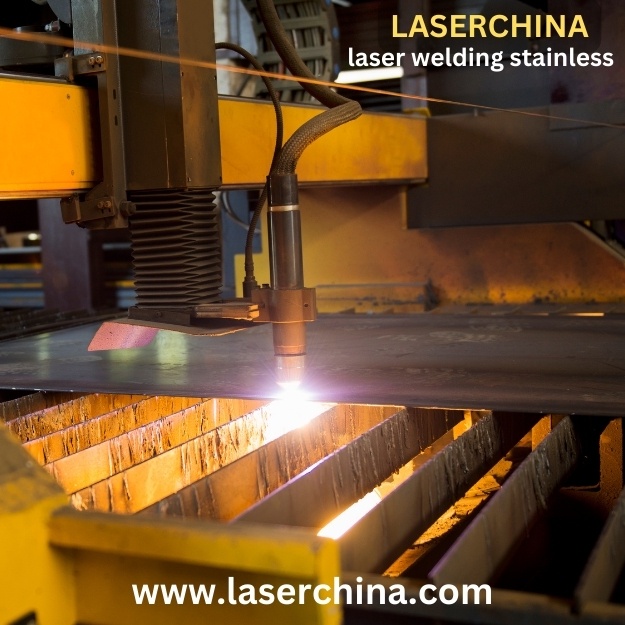Laser welding stainless steel is a precise and efficient process that offers numerous advantages over traditional welding methods. From its ability to produce high-quality welds with minimal distortion to its suitability for welding thin materials, laser welding has become increasingly popular in various industries, including automotive, aerospace, and medical. In this guide, we'll delve into the intricacies of laser welding stainless steel, providing you with a comprehensive understanding of the process.
Understanding Laser Welding:
Laser welding is a technique that utilizes a highly concentrated beam of light energy to fuse materials together. In the case of stainless steel, the laser beam melts the metal at the joint, forming a strong bond upon solidification. The key advantage of laser welding lies in its precision and control, allowing for pinpoint accuracy and minimal heat input compared to conventional welding methods.
Preparation:
Before commencing the welding process, proper preparation is essential to ensure successful outcomes. This involves cleaning the surfaces to be welded thoroughly to remove any contaminants, such as oils, grease, or oxides, which can interfere with the welding process. Additionally, proper fixturing and alignment of the workpieces are crucial to achieving optimal results.
Choosing the Right Laser:
Selecting the appropriate laser for welding stainless steel is vital for achieving desired weld quality and efficiency. CO2 lasers, fiber lasers, and Nd:YAG lasers are commonly used for stainless steel welding, each offering unique advantages depending on the specific application requirements. Factors to consider when choosing a laser include power output, beam quality, and wavelength.
Setting Parameters:
Optimizing welding parameters is essential for achieving consistent and high-quality welds. Parameters such as laser power, pulse duration, beam diameter, and welding speed must be carefully adjusted based on the thickness and composition of the stainless steel being welded. Fine-tuning these parameters ensures proper penetration and minimal heat-affected zones.
Welding Techniques:
Several welding techniques can be employed for laser welding stainless steel, including conduction welding and keyhole welding. Conduction welding is suitable for thin materials and produces shallow welds with minimal distortion, while keyhole welding is ideal for thicker materials and provides deeper penetration. The choice of technique depends on the specific requirements of the application.
Post-Welding Processes:
After the welding process is complete, it's essential to perform post-welding processes to ensure the integrity and quality of the weld. This may include removing any excess material, such as weld spatter, and conducting non-destructive testing, such as visual inspection or dye penetrant testing, to detect any defects or discontinuities.
Conclusion:
Laser welding stainless steel offers a multitude of benefits, including precision, efficiency, and high-quality welds. By understanding the principles of laser welding and following proper procedures, you can master the art of laser welding stainless with lasers. Whether you're in the automotive, aerospace, or medical industry, laser welding provides a reliable and versatile solution for joining stainless steel components with unmatched precision and quality.


No comments yet